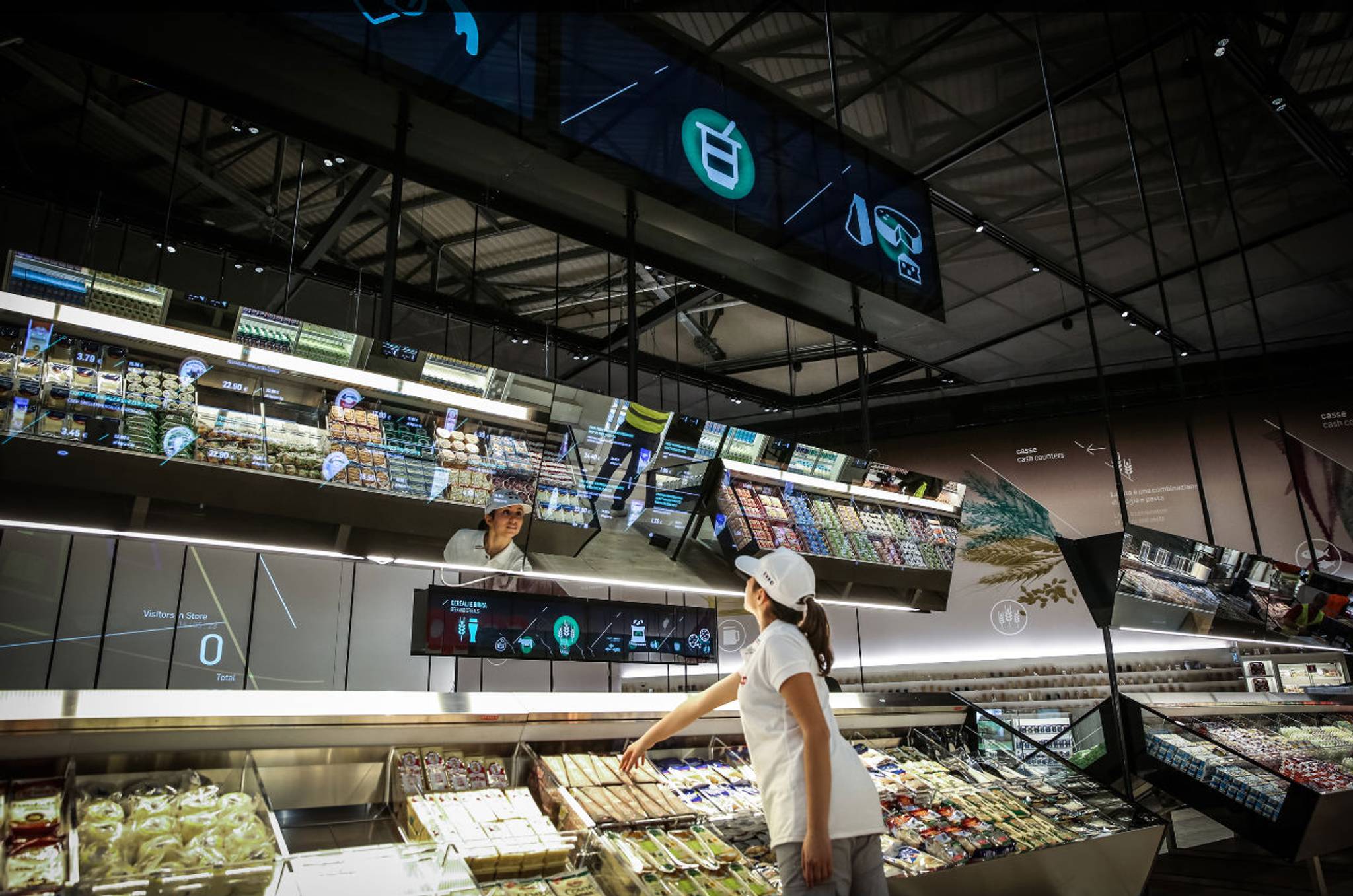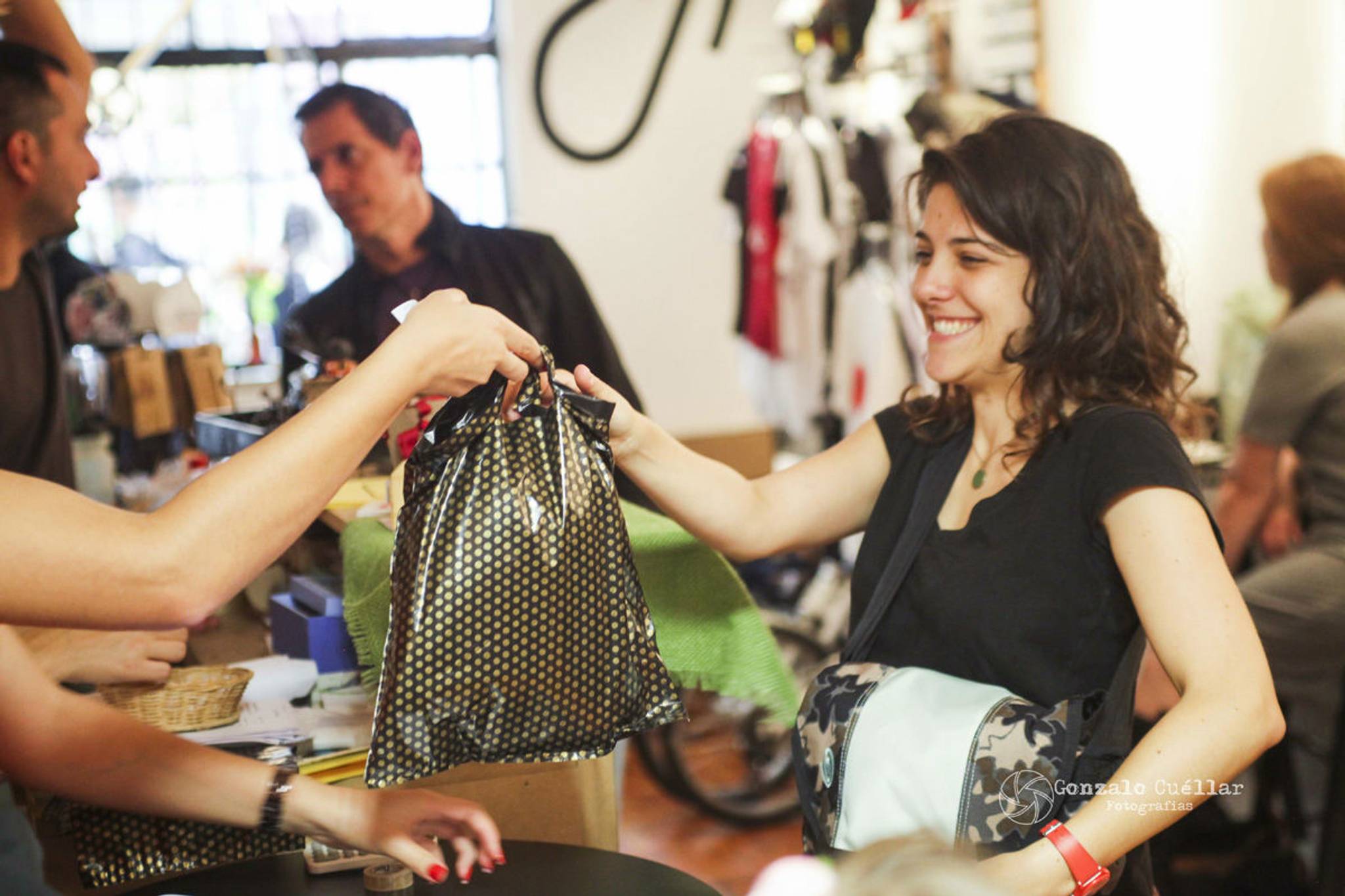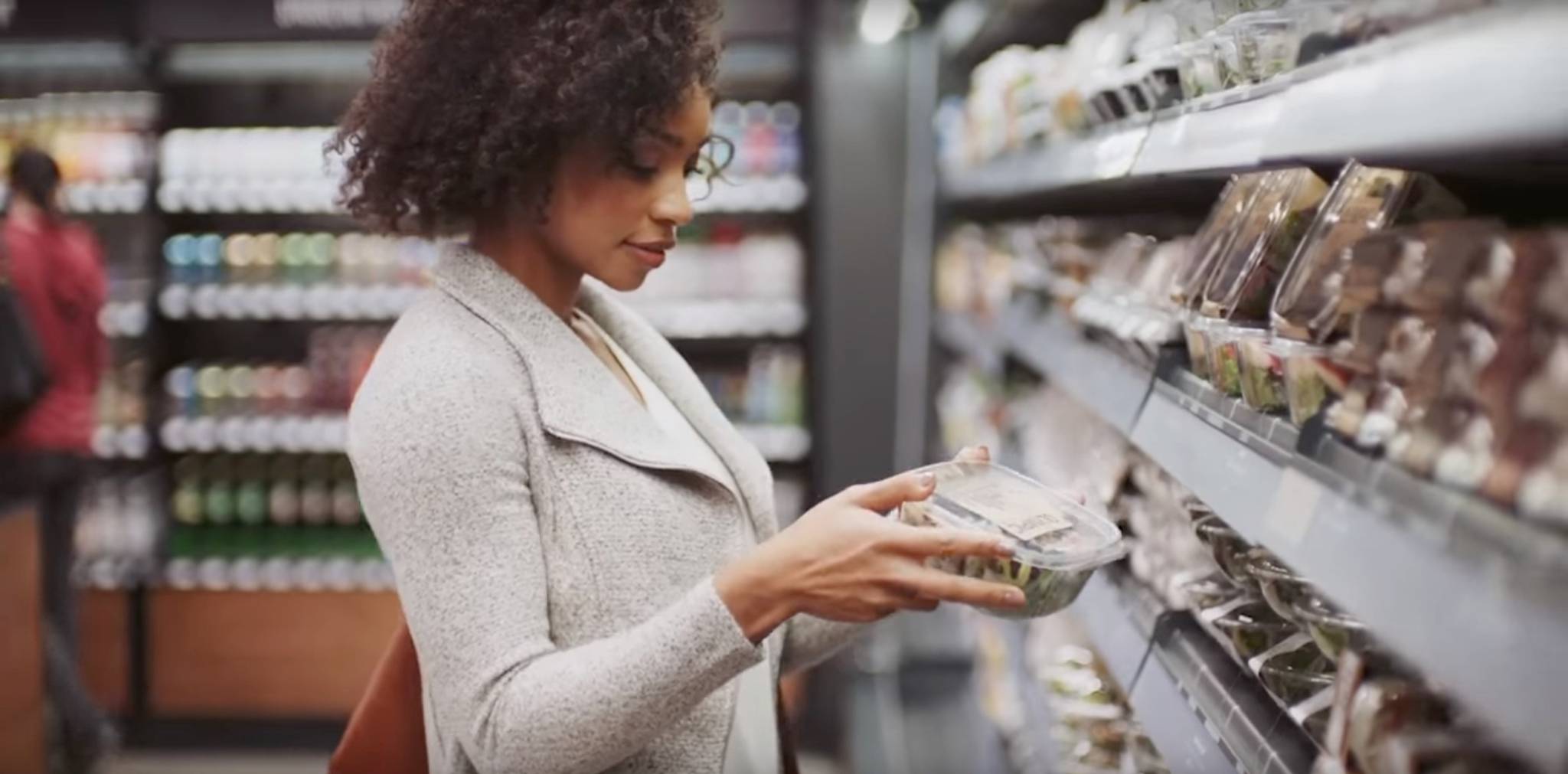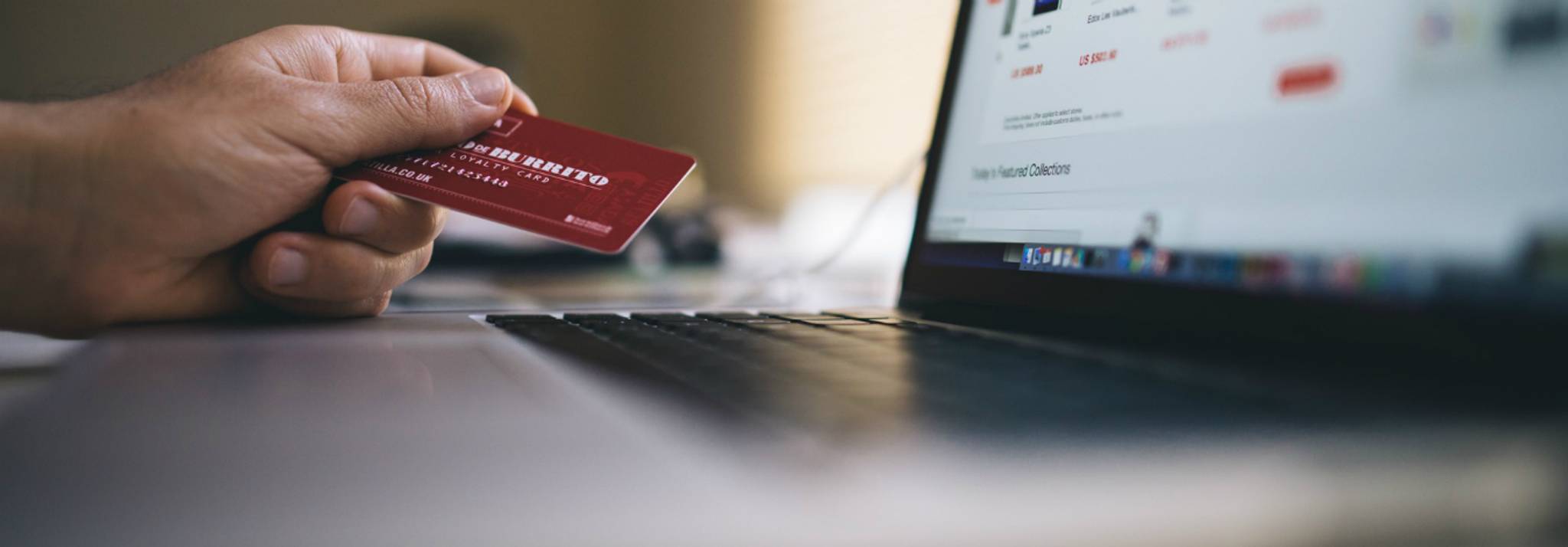
For the digital native, there's no ‘e-commerce’ or ‘brick-and-mortar’ – only shopping. Powered by new technologies, the most innovative retailers are now rising to meet these expectations, replicating the best e-commerce features in physical stores. We explore the insights behind some of the smartest innovations in brick-and-mortar retail.
Omnichannel retail – the strategy of connecting e-commerce and brick-and mortar experiences – has been a buzzword for so long that, for many, it’s already evolved into a ‘best practice’. But while the strategy remains sound in principle, with a track record of success, it’s also in danger of missing a trick: Inherently, omnichannel places an emphasis on the differences between channels in an effort to connect them. But to channel-blind consumers, more than a connected experience, what they crave is a consistent experience across platforms.

1. Cookies
In the US, 86% of consumers say personalised advertising plays a role in their purchasing decisions, while 59% of advertisers experience a good ROI after personalising their online stores. Of course, a prerequisite to offering personalised advertising is data, which is usually gathered online through cookies that track a user’s behaviour online.
In an effort to reproduce the same functionality offline, The Physical Cookie – developed by Finnish property investment company Sponda and marketing agency TBWA\Helsinki – is a keyring with radio frequency identification (RFID) technology. It’s carried by the shopper as they travel around a mall, connecting to in-store electronic readers that monitor their behaviour. This information is then sent to digital screens, which show personalised ads based on the data. Taking a different approach to achieve a similar goal, Hoxton Analytics uses camera technology to track people’s shoes, which it then uses to build a profile of a shopper as they enter a store – including their age, gender and social class.

2. Pre-launch hype
‘Coming soon’ pages have traditionally served as an easy way for organisations to harness early interest online before launching; if a website was under construction, they could be used to collect a visitor’s email address, enabling a company to reach out at a later date. Offline, physical stores under construction have traditionally struggled to replicate such a feature.
Kate Spade looked to change this with its interactive construction hoarding in 2015, which was mounted with touchscreen displays, enabling passers-by to shop from the website. And the same thinking was on display for Ico Design’s ‘fish hoarding’, created for sushi restaurant Yoobi in Soho, London. The boards were adorned with images of black fish with QR codes for eyes, which people could scan for a chance to win a voucher. These vouchers could then be redeemed at Yoobi during the first fortnight of its opening.

3. Self-service
Self-services checkouts get a mixed reception; over 70% of shoppers say that they find this option more convenient when buying fewer items, but a third of Britons have walked out of a store because of problems with a self-service checkout. Online, however, everything is self-serve. So how can physical stores replicate the positives of ‘DIY’ shopping?
Macy’s is testing an ‘open-sell’ shoe department, where all products are stocked openly in a designated space on the shop floor. Customers are encouraged to select for themselves, reducing the need for interaction with staff. Meanwhile, the Amazon Go outlet is set to use a combination of sensors, computer vision, and deep learning to track customers as they move through the store. Each item a customer picks up will automatically be registered to their basket, and the accompanying app automatically takes payment and sends an e-receipt as they exit.
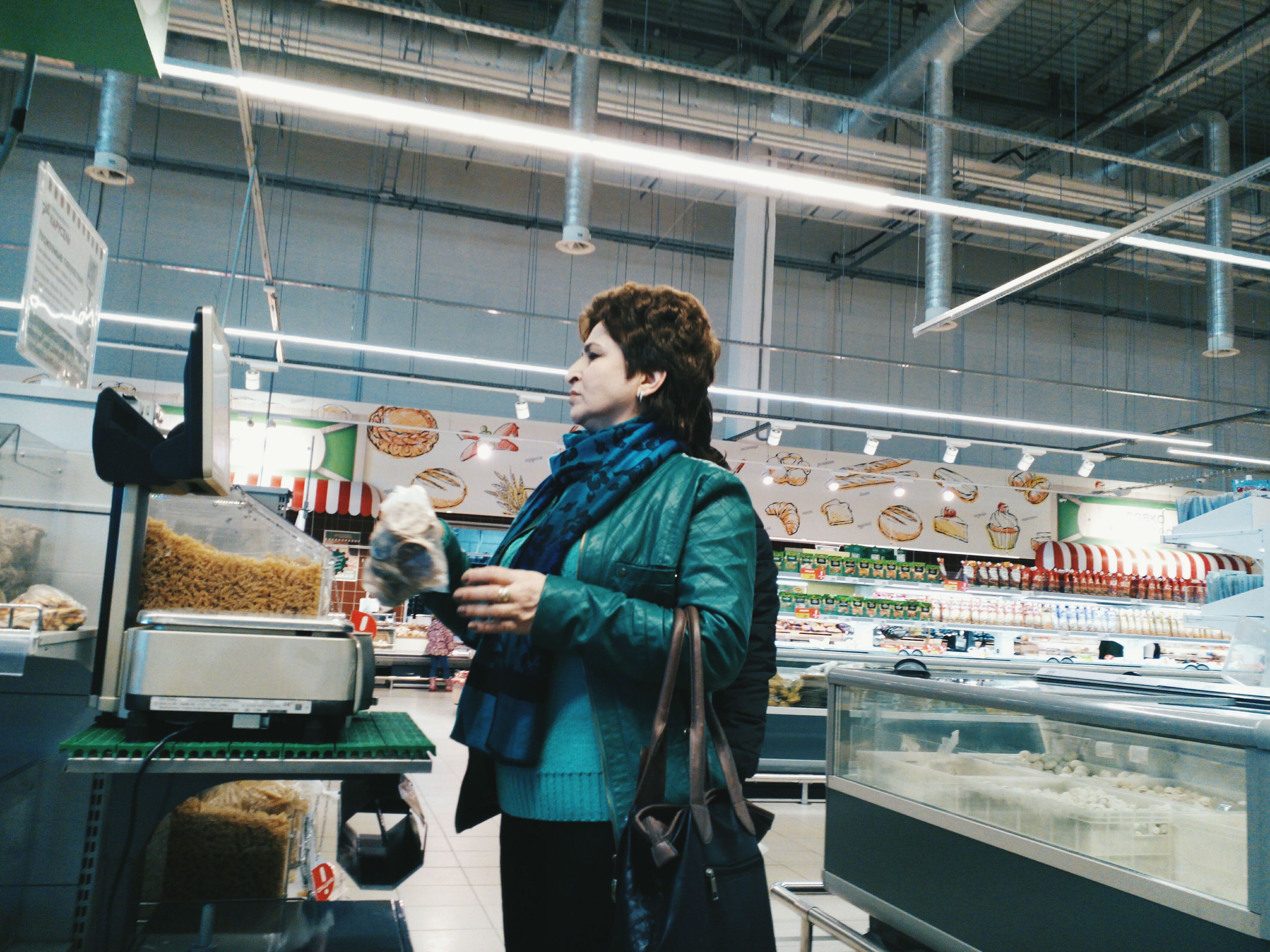
4. Peer reviews
According to research from Deloitte, the vast majority of shoppers are twice as likely to base their purchasing decisions on online reviews as they are to rely on a conversation with a store associate. For brick-and-mortar retailers, facilitating peer approval and displaying user reviews – which can be achieved with relative ease online – can potentially lead to increased in-store sales.
Amazon’s Seattle bookstore is an example of this in action. Throughout the shop, all of the books are presented with reviews from actual people who have bought and read the title, rather than the usual publisher or marketing blurb. The books are also categorised by the star ratings received from other readers. The Karl Lagerfeld concept store in Amsterdam, meanwhile, looked to tap into more direct peer approval with its smart changing rooms. After trying on an item of clothing in the carefully lit changing room, shoppers could use the wall-mounted touchscreen and camera to take a photo, apply a filter, and share their look via Twitter or Facebook. Saying ‘no’ to an item of clothing becomes a lot harder when your social networks are all saying ‘yes’.
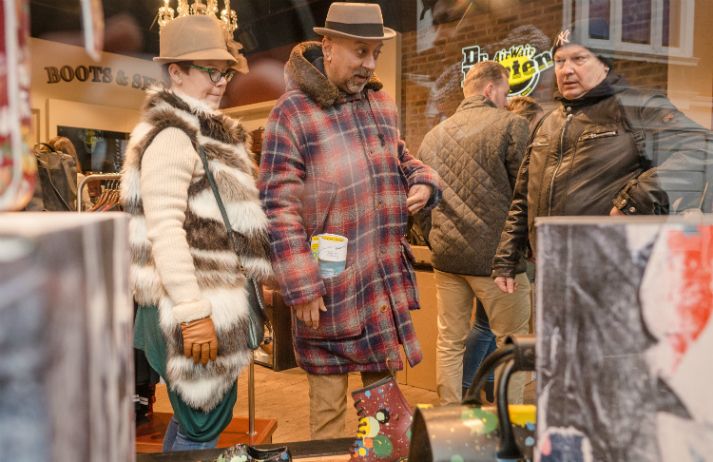
Today’s shopper doesn’t think in terms of channels, and they expect the same level of convenience, personalisation and ease whether they’re online or off. Which is why, beyond connecting separate channels, these innovations seek to dissolve online and offline into just ‘shopping’. In many ways, this is the antithesis of the emphasis omnichannel places on the retail environment.
“Retailers know that both online and brick-and-mortar need to work hand-in-hand to offer a complete solution for today’s customer,” says Lyndsey Dennis, editor of Retail Focus,and only by emulating, in addition to connecting these experiences, can a truly ’complete solution’ be realised. After all, if shoppers are no longer thinking in terms of channels, why should stores?
Chris Kreinczes is head of insight at Canvas8, which specialises in behavioural insights and consumer research. From a background in marketing and strategy, he was previously the Managing Director of Springwise. He has delivered innovation-inspired keynotes around the world, but in his free-time he likes to escape to the UK’s mountainous Lake District.
